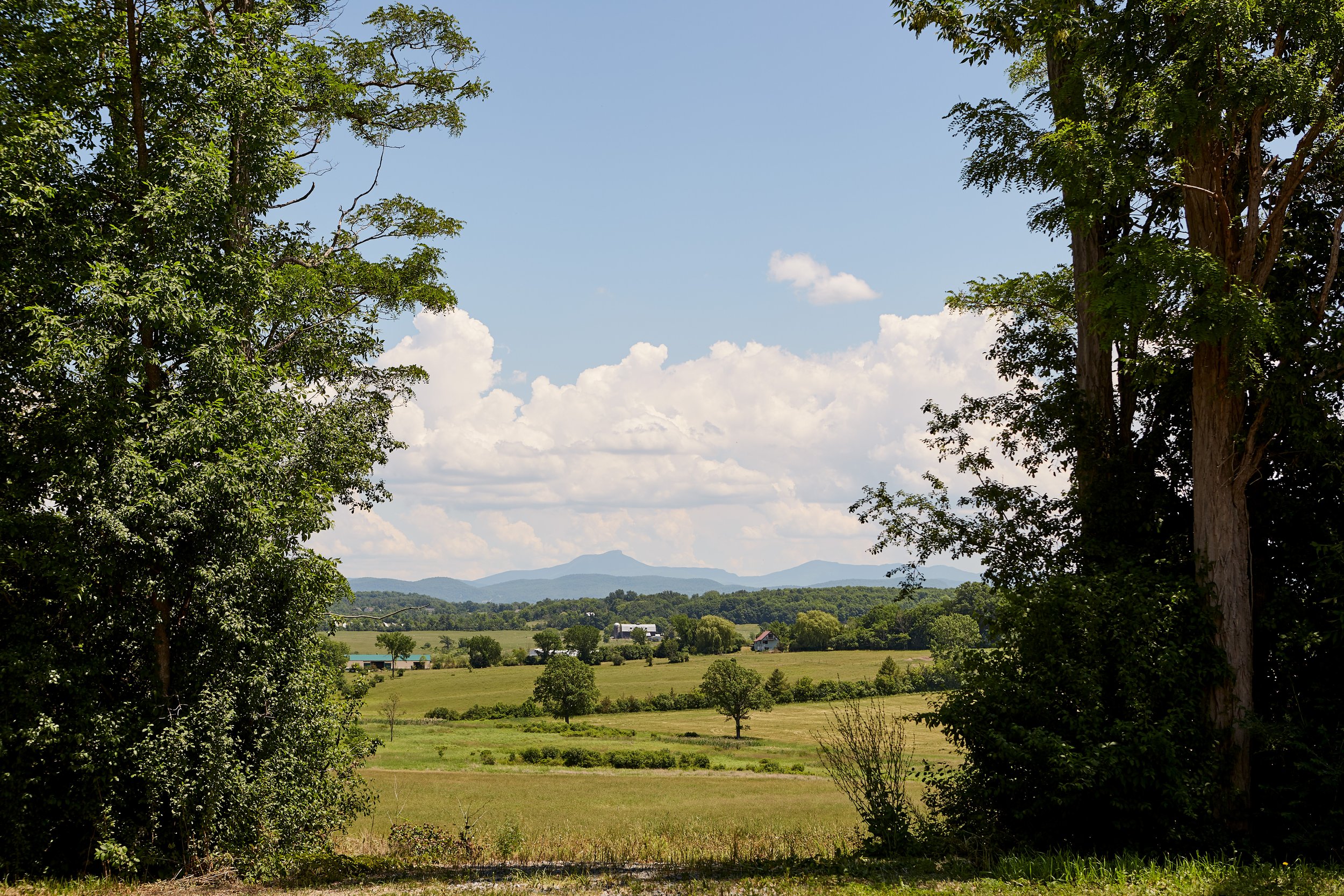By Mario Reinaldo Machado, PhD
On the 10-acre property that I tend along with my wife Rachel in the foothills of the White Mountains in Franklin, New Hampshire there is a trail that leads through the forest. It meanders, mostly straight, up past the hardwoods and into the pines and then through a grove of young birch that shimmers yellow in the fall and buds red in the spring. There, the trail splits and becomes two, one way leading deeper into the trees, the other way leading to a gate. It was at that gate that Rachel and I were standing when the thought first occurred to us that we might not only manage this land, but actually try to farm it.
Nour (left) and Mario (right) soil sampling
It was no small thing to consider, as our land, like all land, has a unique set of challenges and limitations, not to mention the fact that agriculture, as a livelihood, is precarious for a multitude of reasons. But the truth was, this idea had been rising for some time through the soil of our minds like the granite rocks that would one day plague the efforts it would induce. And like that granite, once it surfaced, it could not be ignored.
It was a strange way to decide to become a farmer, but as I have learned, the process of becoming a farmer can take many different forms. It is something that I have seen firsthand through my work with the Conservation Innovation Grant (CIG) called Managing Pasture for Healthy Farms and Soils Across Vermont on which Bio-Logical Capital is one of several partners. The project itself pays farmers for the implementation of regenerative grazing practice on their farms and endeavors to conduct research on the social, economic and ecological changes that occur through this process. My work on this project has mostly entailed data collection and analysis of the motivations, concerns and decision-making of farmers to better understand why they got into agriculture, how they manage their operations and the role that programs like the CIG play on their farms.
Sheep on pasture at a participating farm of the Conservation Innovation Grant
For the point of view of a prospective farmer, such as myself, work on this project is not only intellectually valuable, contributing to the growing body of research on various farmer payment programs, but also practically informative. As I go about the process of entering agriculture, this work has given me important insight into the many structural obstacles and barriers that farmers face, many of which I am encountering for myself. It has also shown me some of the creative ways, like grants and payment programs, that other farmers use to address them. Additionally, it has also shown me that there are as many different ways to become a farmer as there are to be one and that there is no solution and no formula that fits every farmer or every farm, for that matter. Such perspective helps to quell some of my own nerves on days when the prospect of entering agriculture looms large and daunting.
Soil sampling
In a recent article I published with Barn Raiser media called A USDA Pilot Project Funds Vermont Farmers Who Practice Sustainable Grazing I go into more detail about the Managing Pastures project as well as the work being done by some of the participating farmers. While the research being conducted through this project is important for the future direction of these kinds of programs in Vermont and elsewhere, it is for me only one of the most beneficial aspects of my work with the CIG. The other is being connected to a community of hard-working, innovative and passionate farmers who, each in their own way, provide a lesson on how to make a life in this world as one who stewards the land.





